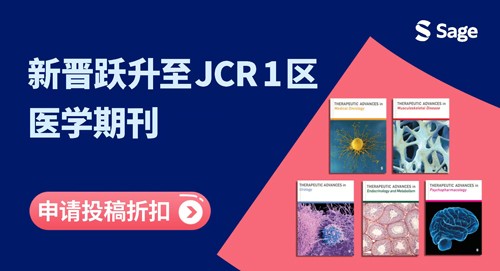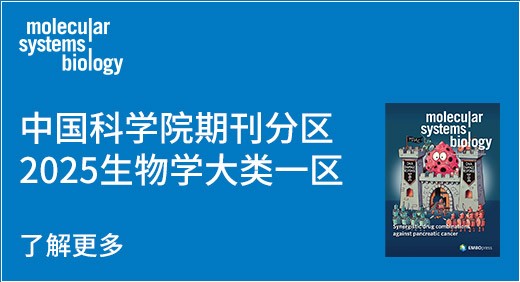当前位置:
X-MOL 学术
›
Infant and Child Development
›
论文详情
Our official English website, www.x-mol.net, welcomes your
feedback! (Note: you will need to create a separate account there.)
Utilising Non‐Nutritive Sucking in Developmental Language Research: Past, Current and Future
Infant and Child Development ( IF 2.9 ) Pub Date : 2025-04-01 , DOI: 10.1002/icd.70006 Guro S. Sjuls 1
Infant and Child Development ( IF 2.9 ) Pub Date : 2025-04-01 , DOI: 10.1002/icd.70006 Guro S. Sjuls 1
Affiliation
Studying early language development has been a challenging task throughout the years. Earlier studies mostly documented language competence only after toddlers had started producing their first words. Theoretical and methodological advances in this domain brought about more sophisticated ways of probing into early development by exploiting overt infant behaviour. One such method is based on so‐called non‐nutritive sucking (NNS), namely that infants spontaneously produce rhythmic mouth movements in the absence of receiving nutrition. This behaviour has been used to investigate infants' preference and discriminatory abilities by means of the high‐amplitude sucking‐procedure (HAS), which initially was one of few ways to gain insight into young infants' language processing. Here, the method is described, and some key findings are highlighted together with overarching trends. Over the last decades, however, the popularity of such studies has been declining, and some potential reasons for this decline are discussed. Next, the method's relevance for contemporary research is discussed by advocating a shift from using NNS as an indirect measure of language processing towards focusing on speech production. This is seen in light of the growing literature on neural synchronisation to speech and the role of the auditory‐motor coupling in speech perception.
中文翻译:

在发展性语言研究中利用非营养性吸吮:过去、现在和未来
多年来,研究早期语言发展一直是一项具有挑战性的任务。早期的研究大多是在幼儿开始说出他们的第一个单词之后才记录语言能力。该领域的理论和方法论进步带来了通过利用婴儿显性行为来探索早期发育的更复杂的方法。其中一种方法基于所谓的非营养性吸吮 (NNS),即婴儿在没有接受营养的情况下自发产生有节奏的口腔运动。这种行为已被用于通过高振幅吸吮程序 (HAS) 来研究婴儿的偏好和辨别能力,这最初是深入了解幼儿语言处理的少数方法之一。在这里,描述了该方法,并强调了一些关键发现以及总体趋势。然而,在过去的几十年里,此类研究的受欢迎程度一直在下降,并且讨论了这种下降的一些潜在原因。接下来,通过倡导从使用 NNS 作为语言处理的间接测量转向关注语音产生,讨论了该方法与当代研究的相关性。鉴于越来越多的关于语音神经同步以及听觉-运动耦合在语音感知中的作用的文献,可以看出这一点。
更新日期:2025-04-01
中文翻译:

在发展性语言研究中利用非营养性吸吮:过去、现在和未来
多年来,研究早期语言发展一直是一项具有挑战性的任务。早期的研究大多是在幼儿开始说出他们的第一个单词之后才记录语言能力。该领域的理论和方法论进步带来了通过利用婴儿显性行为来探索早期发育的更复杂的方法。其中一种方法基于所谓的非营养性吸吮 (NNS),即婴儿在没有接受营养的情况下自发产生有节奏的口腔运动。这种行为已被用于通过高振幅吸吮程序 (HAS) 来研究婴儿的偏好和辨别能力,这最初是深入了解幼儿语言处理的少数方法之一。在这里,描述了该方法,并强调了一些关键发现以及总体趋势。然而,在过去的几十年里,此类研究的受欢迎程度一直在下降,并且讨论了这种下降的一些潜在原因。接下来,通过倡导从使用 NNS 作为语言处理的间接测量转向关注语音产生,讨论了该方法与当代研究的相关性。鉴于越来越多的关于语音神经同步以及听觉-运动耦合在语音感知中的作用的文献,可以看出这一点。






























































 京公网安备 11010802027423号
京公网安备 11010802027423号